Avago
Hero Member
Hi everyone, was going through a big batch of junk silver that was part of an old lady's collection and came across this piece in the mix.
It has raised extra material I've never seen. Is there any mint-made error (die crack, die break, etc) that would have caused this? To me it looks like the material is part of the coin and not added but I can't tell for sure. The raised area looks to be worn down from handling. Any ideas?
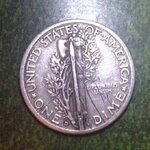
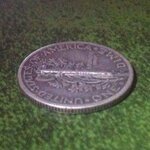
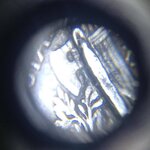
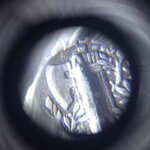
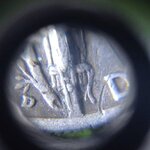
It has raised extra material I've never seen. Is there any mint-made error (die crack, die break, etc) that would have caused this? To me it looks like the material is part of the coin and not added but I can't tell for sure. The raised area looks to be worn down from handling. Any ideas?









